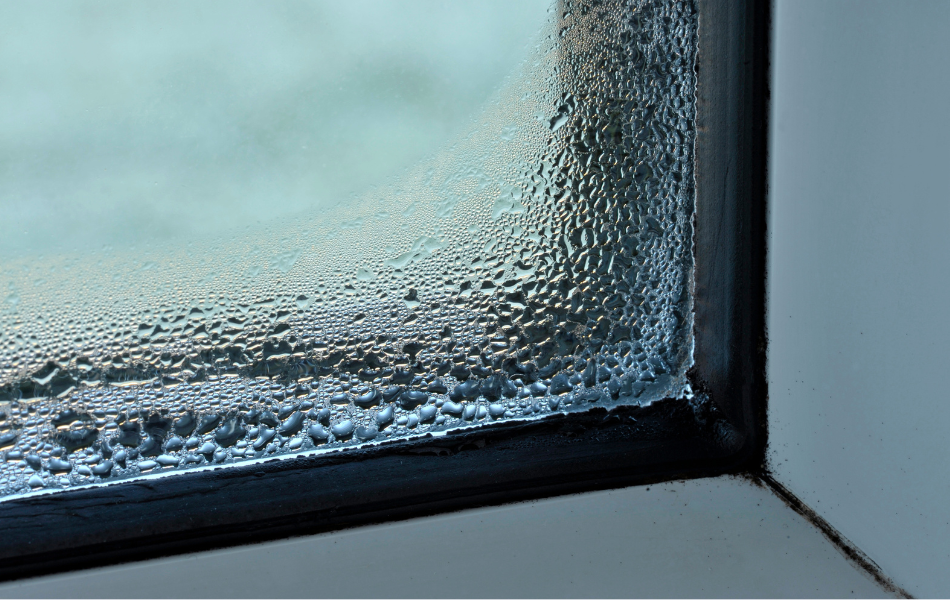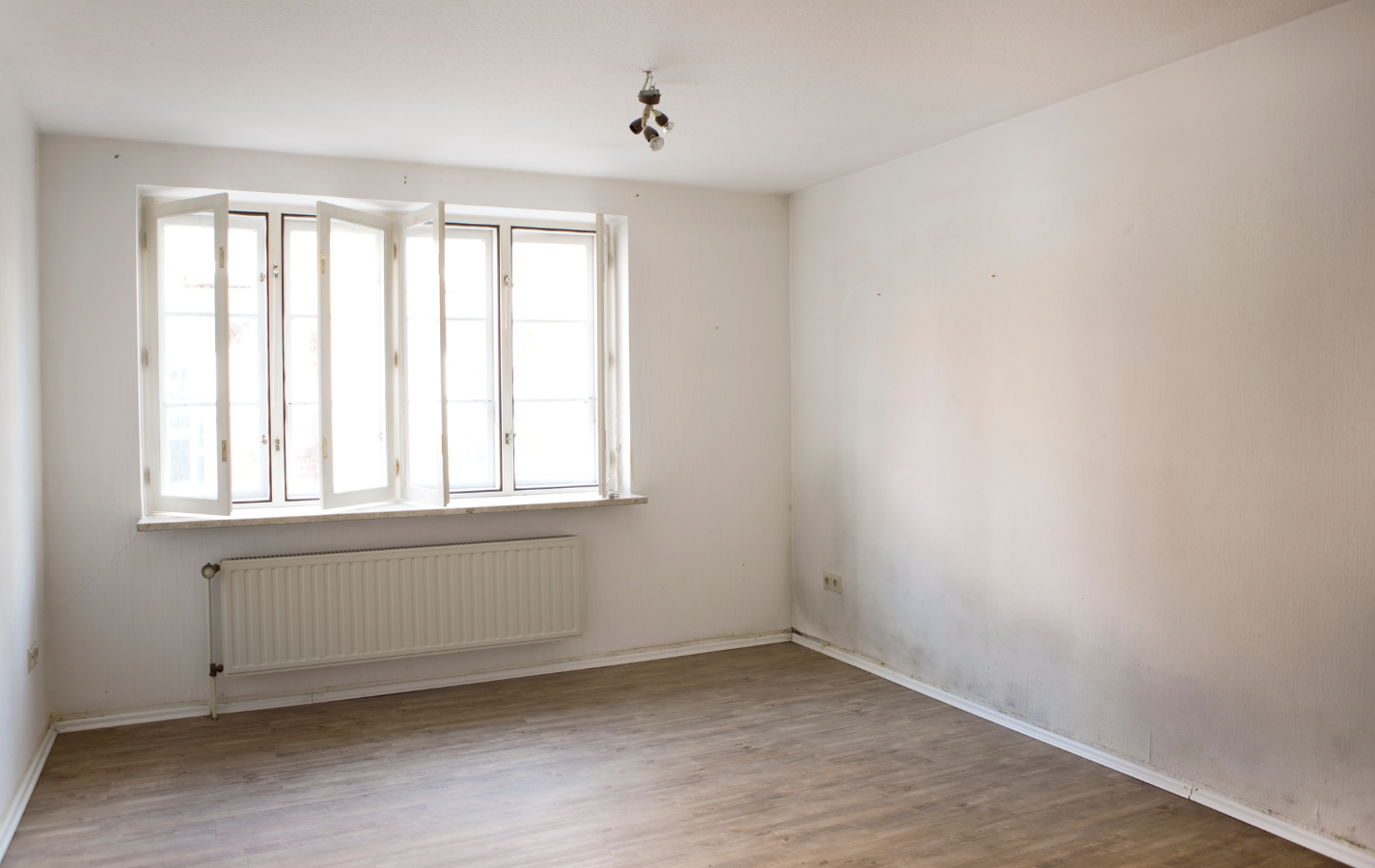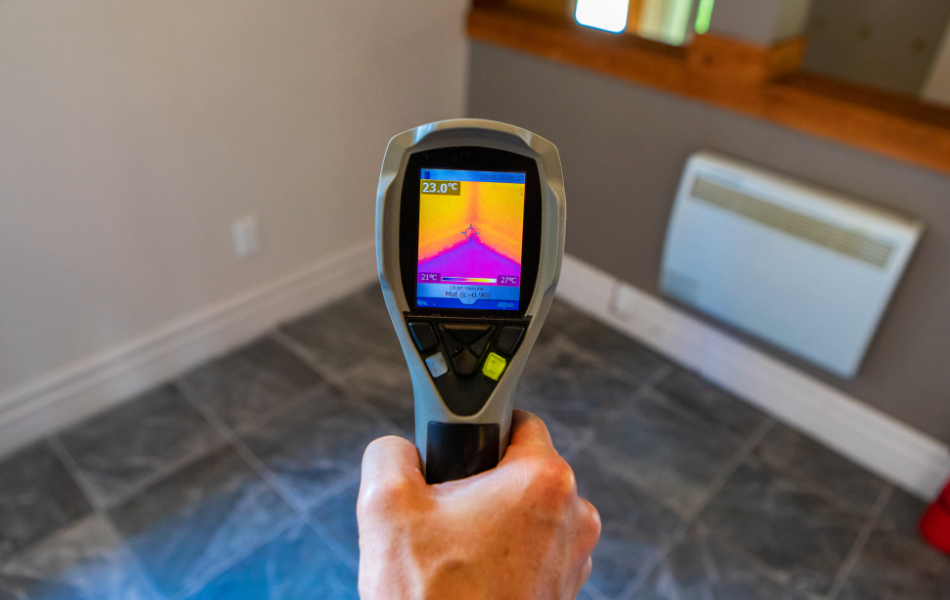Getting ready for Awaab’s Law - Update
Everything you need to know before the new legislation comes into force on 27 October

What does Awaab's Law require social landlords to do?
They will be required to investigate and fix dangerous damp and mould in set time periods and repair all emergency hazards within 24 hours. Landlords will be required to:
- investigate any hazards that tenants report to them
- produce a summary of any hazards found
- start repairs
- complete repairs (i.e. make safe).
What are its detailed requirements?
Its detailed requirements are that:
- If a social landlord becomes aware of a matter or circumstance in a home that may be a hazard within scope, they must investigate within 10 working days to ascertain if there is such a hazard.
- The social landlord must produce a written summary of the findings of the investigation (in most cases) and provide this to residents within 3 working days of the investigation concluding.
- If the investigation finds that a hazard presents a significant risk of harm to the health or safety of a resident, the social landlord must, in most circumstances, within 5 working days of the investigation concluding, make the property safe (using temporary measures if necessary) and begin any further required works. The social landlord must satisfactorily complete repair works within a reasonable time period.
- In an emergency situation, the social landlord must investigate and action any emergency repairs as soon as reasonably practicable and, in any event, within 24 hours.
- If the property cannot be made safe within the specified timescales for Awaab’s Law, then the social landlord must offer to arrange for the residents to stay in suitable alternative accommodation, at the social landlord’s expense, until required repairs are completed.
What hazards will be covered by Awaab's Law?
It applies to the types of hazards prescribed by the HHSRS (other than overcrowding), but uses a more straightforward assessment (not a full HHSRS assessment) that considers the tenant’s circumstances when assessing the risks posed by a hazard. Since it uses a person-centred approach, a hazard does not have to be at category 1 level in order to be in scope. There may be instances where a tenant is at a greater risk from hazardous conditions. For example, a tenant with age or health related vulnerabilities may be at significant risk from a home affected by damp and mould, even if it were scored as a category 2 hazard under the HHSRS. Awaab’s Law will be subject to enforcement by local councils.
How can landlords prepare?
Landlords need:
- Good Quality Data – know your residents, any conditions, such as asthma or restricted mobility, that could make them more vulnerable to particular hazards. It is a priority for landlords to know who is living in each property They also need up-to-date, accurate and comprehensive records of the condition of each home to assess whether there are any hazardous conditions. If customer or tenant and stock information is not up to date, they need to plan how they will fill the gaps. They should also consider how they will evidence compliance.
- Resident Engagement – Landlords should have started this under the Building Safety Act for all residents in HRBs. If they have not started resident engagement, they need to start talking to residents, listen first, rebuild trust and confidence, establish cooperation / partnership (NOT lifestyle). Resident engagement should not be restricted to residents in HRBs. Rochdale Boroughwide Housing (RBH) identified a breakdown in communication had contributed to Awaab’s tragic death.
- Skills / capabilities – Landlords should review whether they have staff who can assess HHSRS, diagnose D&M correctly, qualified in Building Physics & Pathology. If not, they need to plan how they will train, recruit / fill gaps.
- Culture change – risk management not compliance, be proactive not reactive. In its review, RBH identified it did not have a clear picture of the risks to Awaab because it had no single system and its existing systems were not talking to one another.
Landlords should consider using AI, sensors / technology to improve diagnosis, speed of response, effectiveness of repairs and customer satisfaction. Examples are featured in the NHMF Awards 2025 and individual Awards.
Landlords have a responsibility to keep properties free from Category 1 hazards. They can ensure that homes are safe, secure, and appropriate, by proactively addressing hazards (The Charter for Social Housing defines expectations). This provides the opportunity to avoid potential litigation. While there is a greater focus on damp and mould, there are many other hazardous conditions that pose a safety risk, such as falls.
When properties become void or vacant, this is an opportunity for landlords to undertake works and remove hazards in line with their voids policy. However, they need to be confident that the necessary works are completed and properly recorded, such as electrical safety.
Social landlords will be assessed on their ability to recognise, respond to, and record any health-related vulnerabilities their tenants have. While collating and maintaining up-to-date records poses a challenge, this information places social landlords in the best position to understand their tenants’ needs. They can factor vulnerabilities into housing and adaptations policy, and examine how well their current stock meets tenants’ needs. AI could interrogate all data landlords hold to help identify where any vulnerable tenants are living to ensure that risk assessments take into account vulnerable tenants.
What should landlords be doing now?
Landlords should study the final guidance and also prepare for what Awaab’s Law requires in Phases 2 and 3. All landlords should tackle damp and mould with a zero-tolerance approach but recognise it can be caused by various factors, such as leaks, which can be complex to deal with and resolve.
Start with Resident Engagement – start talking to your tenants, listen first, rebuild trust and confidence, establish cooperation / partnership. It is not correct to assume or blame tenants’ lifestyle. Rochdale Boroughwide Housing (RBH) identified a breakdown in communication contributed to Awaab’s tragic death. Landlords should already be developing their resident engagement strategies under the Building Safety Act and they should build on these. It should be a key activity and is also beneficial for retrofit plans to meet EPC Band C and NZC targets.
Tenant safety must remain paramount and landlords should identify hazards and continue to fix dangerous issues in their homes. They have a duty to keep their homes fit for human habitation and to remedy disrepair. They must use all means (incl. legal action) to keep homes free of category 1 hazards, especially if other residents may be exposed to the hazard, such as carbon monoxide. They must also ensure that their homes meet the Decent Homes Standard.
Operate a holistic risk management approach, not a ‘tick box’ compliance approach, that considers all duties (Building and Fire Safety, as well as Awaab’s Law and retrofit work). It means being proactive, not reactive, assessing all risks to safety & health for each tenant in their home.
Consider using AI and technology to improve diagnosis, speed of response and customer satisfaction. Where a hazard has been reported, AI could be used to quickly investigate the condition of each home, using photos and videos to identify those homes where there is:
- a hazard that poses a risk to tenant safety or health. It could then produce a summary report and develop a repairs brief for the repairs to be commissioned and completed effectively within the required timescales.
- not a hazard that poses a risk to tenant safety or health and then produce a summary report to close the case.
Where AI is unable to confirm if there is a hazard that poses a risk to tenant safety or health, a surveyor could be sent out to investigate these cases and produce a summary report on what repairs are required.
What are the challenges in complying with Awaab's Law?
Being able to meet the timescales required, particularly investigating and summarising reported hazards. Factors influencing this include:
- lack of sufficiently qualified staff to investigate, particularly those able to do HHSRS assessments.
- not knowing who is living in each home and their health (so as to assess potential ill-health impacts on vulnerable tenants)
- insufficient up-to-date information on the condition of each home.
Landlords maintaining good quality, safe and warm homes are in the best position to meet their legal obligations, including Awaab’s Law. Many tenants have responsible landlords who take care of their interests and maintain good quality social housing. However, still too many tenants live in damp, cold and mouldy properties that harm their health and their life chances. Tenants’ legal protection has been strengthened by powers given to the Regulator of Social Housing (RSH) and the Housing Ombudsman (HOS). This will be further strengthened by the introduction of Awaab’s Law.
What guidance is available?
The Government has published final guidance. The guidance covers the 4 key types of investigations (Standard, Renewed, Further and Emergency investigations). Social landlords must usually produce a written summary of their findings to the named tenant within three working days unless all required works are completed to address the hazard before that period. However, the tenant must be kept informed.
In the Government’s written statement to the House of Commons on 25 June 2025, it said ‘homes must, above all, be safe. Safety is non-negotiable, and landlords must take urgent action to respond to issues when they arise. It wants housing providers to put the people who live in their homes at the heart of their mission, approaching their relationships with tenants with care and professionalism so that mutual trust and respect is established.’
What resources are there?
The Housing Ombudsman has compiled resources for Awaab’s Law from its casework and complaints. Its Centre for Learning provides a wide range of information, guidance, and case studies, as well as e-learning modules and webinars, including topics relevant to Awaab’s Law.
- Damp and mould key topics - reports, podcasts, and case studies
- Learning Hub – Need to sign in to access Damp and mould, etc. eLearning & workshops
- Knowledge and information management key topics - reports, podcasts, & case studies
Its latest ‘Learning from severe maladministration’ report said that “Everyone deserves a safe, warm, and decent home.” Landlords need to overcome any ‘complacency’ in dealing with hazards since the statutory framework has been in place for 20 years. Landlords need to risk assess and triage cases effectively. Some landlords have introduced triaging after this report, and all landlords should consider adopting triaging.
Its Spotlight report “Repairing Trust” explained repairs were its biggest cause for complaints. There needed to be a shift in mindset and practice, especially treating a house as a home. Landlords and their contractors need to foster respect, empathy, and mutual trust. Policies should be aligned with residents' needs, ensuring services were efficient, transparent, and focused on residents. The report identified trust as the critical missing element affecting relationships between landlords, residents, and contractors. Causes – poor communication, inadequate complaint handling, and a lack of choice for residents. Awaab’s Law presents both challenges and opportunities to enhance service quality. Trust can be improved or rebuilt by better relationships with residents as valued individuals, maintaining transparency and accountability. Effective planning, staffing, procurement practices, communication, and knowledge management all enable this goal.
Its recommendations for landlords include:
- Cultural shift with landlords treating residents as individuals who deserve a safe home, using empathetic communication and transparency. Language plays a key role (avoiding impersonal language 'stock' and 'decants') when speaking to residents. Services should be human-centred, treating residents with respect and dignity.
- Predictive maintenance models can greatly enhance efficiency and service quality. By anticipating issues before they escalate, landlords can provide more timely and effective repairs.
- Strengthening relationships by modernising and improving relationship management with both contractors and residents. Stronger partnerships lead to better communication, quicker resolutions, and a more satisfactory experience for all involved.
- Code of conduct for all staff and contractors entering residents’ homes should be set up, setting clear expectations for behaviour and communication. This will help build trust and accountability.
The Healthy Homes Hub supports the education, sharing and collaboration to transform the housing landscape, reducing the impact on unhealthy homes on homeowners, landlords and residents. It is a social purpose company working to create healthier living environments in housing, using innovative ideas and best practice. It brings together policymakers, housing providers, academics, industry associations, contractors, the supply chain, and health and housing professionals to identify and facilitate the changes needed to make every home across the UK healthy. It has published case studies, articles, and podcasts, as well as organising webinars and other events.
Another helpful resource has been published by RoSPA which has developed a toolkit aimed at reducing the impact of tenant falls in social housing. It combines staff training, home safety checks and effective partnership working to address the risk of falls. NHMF has published a related Q&A.
What is the NHMF doing to help the sector?
The NHMF promotes best practice in the social housing maintenance sector and its mission is to be the centre of excellence for improving property performance. It is committed to championing innovation to deliver excellence in maintenance and asset management (an organisation automatically becomes a member of the NHMF when it subscribes to the M3NHF Schedule of Rates and selected modules).
The NHMF Annual Conference focused on Healthy Homes (Damp and Mould) as one of its five key areas (others are Fire & Building Safety, Net Zero, New Technology and Skills &Training). The Plenary Creating Healthy Homes had an update on Awaab’s Law.
NHMF Webinar ‘Crisis to Compliance: Are You Ready for Awaab’s Law?’ provided practical ways to help landlords get ready for Awaab’s Law, including checking contract conditions for repairs service and stock condition surveys.
In addition, the NHMF’s Best Practice website publishes briefings on asset management and repairs and maintenance, including links to all the relevant legislation and guidance. The NHMF Awards recognise best practice and provide useful case studies to help the sector learn and improve.


